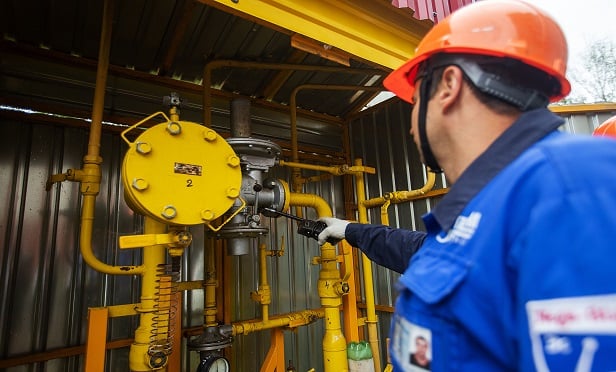 Regulatory noncompliance and/or employer negligence can have a serious economic impact, with OSHA fines reaching more than $400,000 in addition to costly civil lawsuits. (Credit: EvGavrilov/Shutterstock)
Regulatory noncompliance and/or employer negligence can have a serious economic impact, with OSHA fines reaching more than $400,000 in addition to costly civil lawsuits. (Credit: EvGavrilov/Shutterstock)
It's fair to say that workers' compensation are two words no employer wants to hear, as no one wants an employee to experience an injury on the job. However, productivity sometimes takes priority over safety, causing companies across industry sectors to overlook safety practices and put their workers at risk. This oversight becomes especially hazardous for those working in environments that can produce potentially lethal gasses such as hydrogen sulfide, or H2S — one of the leading causes of workplace fatalities in the United States.
Recommended For You
Want to continue reading?
Become a Free PropertyCasualty360 Digital Reader
Your access to unlimited PropertyCasualty360 content isn’t changing.
Once you are an ALM digital member, you’ll receive:
- Breaking insurance news and analysis, on-site and via our newsletters and custom alerts
- Weekly Insurance Speak podcast featuring exclusive interviews with industry leaders
- Educational webcasts, white papers, and ebooks from industry thought leaders
- Critical converage of the employee benefits and financial advisory markets on our other ALM sites, BenefitsPRO and ThinkAdvisor
Already have an account? Sign In Now
© Touchpoint Markets, All Rights Reserved. Request academic re-use from www.copyright.com. All other uses, submit a request to [email protected]. For more inforrmation visit Asset & Logo Licensing.






